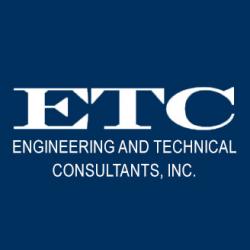Getting Started in Infrared

 In order to detect concealed construction defects, intrusive (destructive) investigation is the most reliable methodology. However, that type of investigation is not always easily achievable due to difficult access, budgetary constraints, and inconvenience to building occupants. Fortunately, technology has come a long way and now we can detect a variety of construction defects with the help of thermal (infrared) imaging.
In order to detect concealed construction defects, intrusive (destructive) investigation is the most reliable methodology. However, that type of investigation is not always easily achievable due to difficult access, budgetary constraints, and inconvenience to building occupants. Fortunately, technology has come a long way and now we can detect a variety of construction defects with the help of thermal (infrared) imaging.
Infrared cameras work by sensing the radiant energy (heat) emitted or conducted by the objects in its field of view. The radiant energy is converted into visual images (thermograms) by the camera’s built-in software. Variations in temperature create detailed maps of the study subjects. Thermal diagnostics (for buildings) is based on the principle that materials will conduct heat at varying rates when certain factors are present. For example, materials that are normally poor heat conductors (such as wood or drywall) will readily conduct heat if wet. Missing or compressed insulation and air leaks are also detectable.
In order to perform a successful infrared study of a building, it is highly recommended to have a stable temperature difference of at least ten degrees (10°) between indoor and outdoor temperatures. The imbalance is necessary to facilitate heat gain or loss through the subject materials and reveal their conductivity. If there’s no heat movement, there are no thermal differences to detect.
A common scenario would be to scan a building wall from the outside, during cold, cloudy weather, before sunup or after sunset. Heat lost through the building elements would register as colors and they vary with the degree of loss. Wet or missing insulation might be rendered at the yellow or orange end of the spectrum, whereas dry insulation would be nearer to blue or purple.
Infrared imaging can also be used to detect destructive insect activity (termites, carpenter ants, etc.). Severe damage can be readily observed during a conventional scan, but more advanced equipment may be needed to catch early stages of infestation.
The next time you plan an investigation of your building, consider having an infrared study done. ETC has personnel fully trained and certified to perform infrared studies, and we will be more than happy to walk you through the steps
